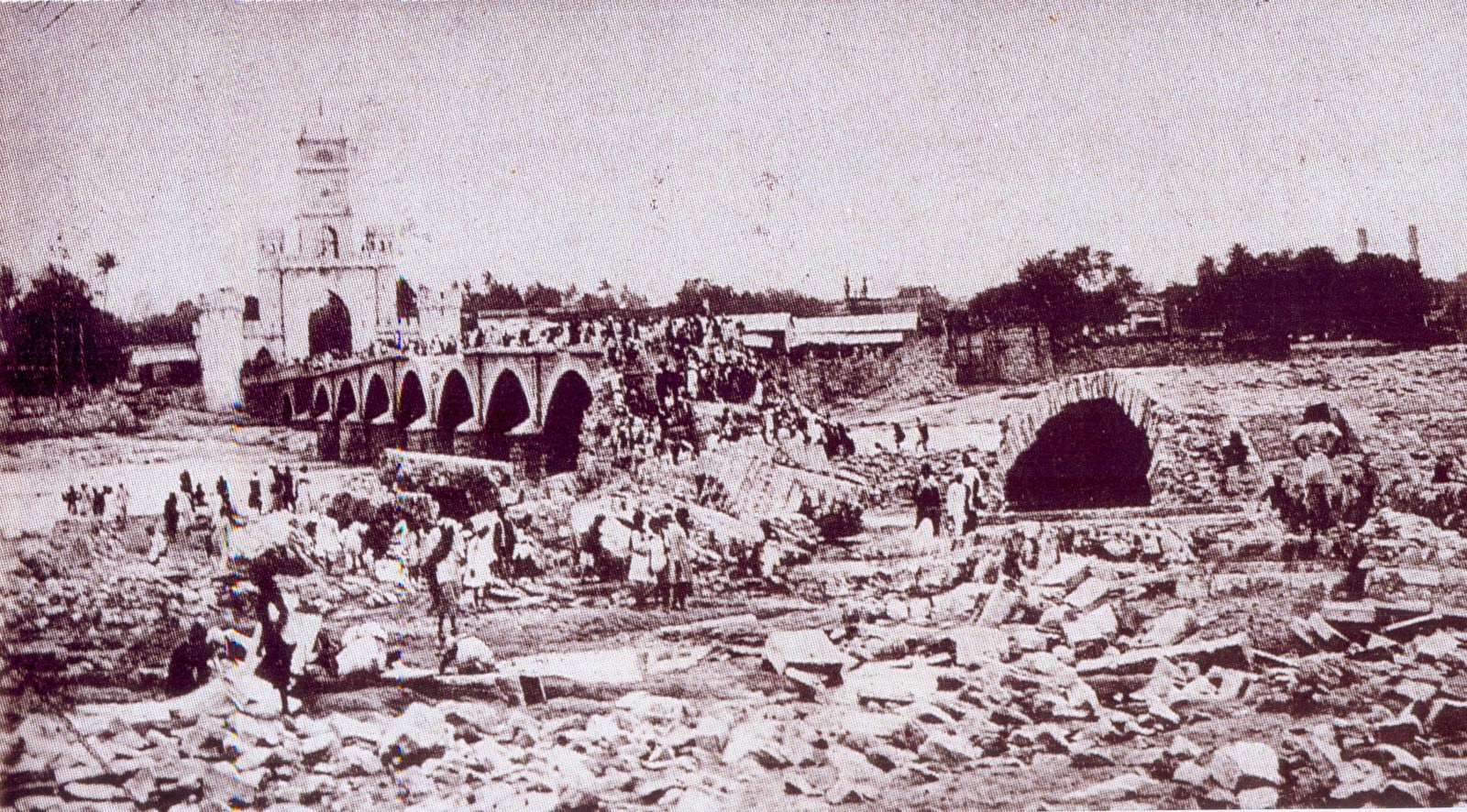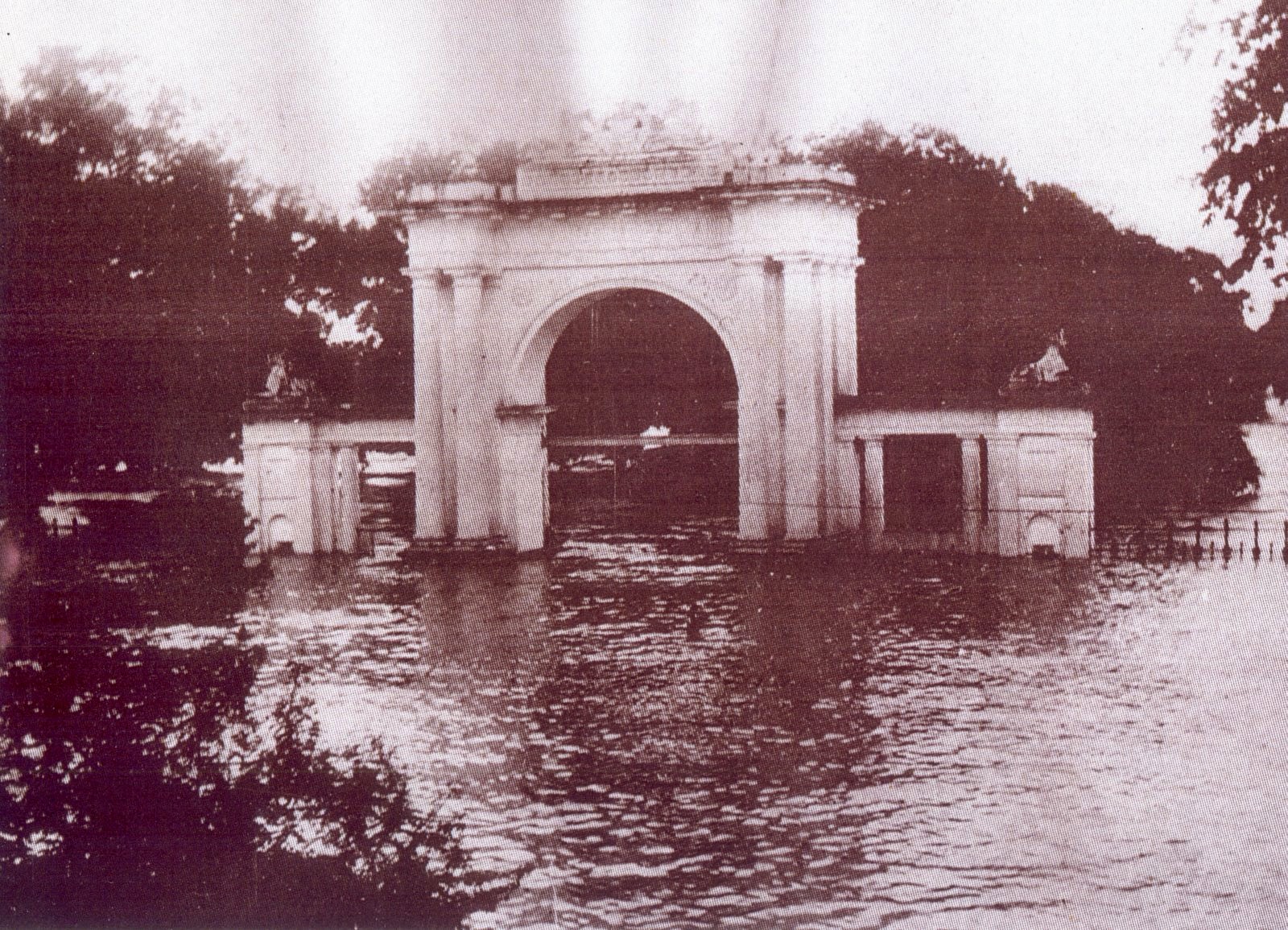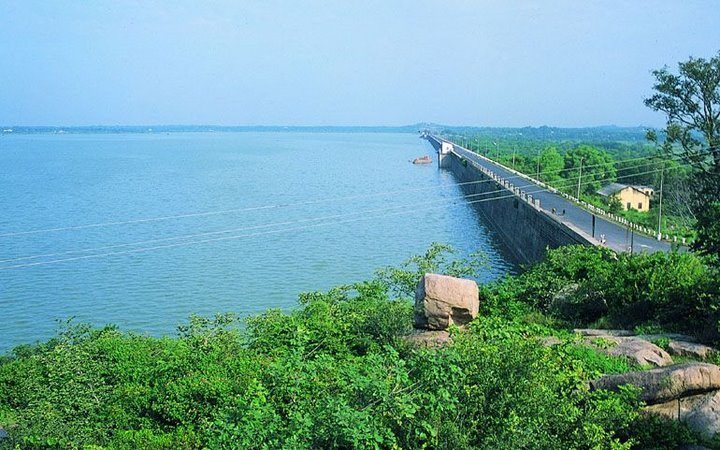Did You Know? Sir M Visvesvaraya Tamed Hyderabad’s Floods for Decades?
While most Indians know about Visvesvaraya's immense contributions as the Diwan of Mysore, few are aware that the legendary engineer also played a key role in making Hyderabad flood-free way back in the 1900s.

A statesman, economist and engineer par excellence, Mokshagundam Visvesvaraya was one of India’s foremost nation-builders. Born on September 15, 1861, in Muddenahalli (in modern-day Karnataka), he completed his school education in Chikkaballapur and Bengaluru. After graduating in engineering in 1883, he joined Bombay’s Public Works Department as an assistant engineer and worked there for the next 25 years.
However, Visvesvaraya attained the pinnacle of his professional achievement during his tenure as the Chief Engineer (and later Diwan) of the kingdom of Mysore. Every initiative he started during this period continues to bear rich fruit even to this day – from the State Bank of Mysore, Mysore University and Mysore Paper Mills to Bhadravati Iron Works and Krishnaraja Sagar Dam.
While most Indians know about Visvesvaraya’s immense contributions as the Diwan of Mysore, few are aware that the legendary engineer also played a key role in making Hyderabad flood-free way back in the 1920s.
On the occasion of his 156th birth anniversary, also celebrated in India as Engineer’s Day, we bring you this little-known story about Sir M V Visvesvaraya.

In 1908, Visvesaraya had opted for voluntary retirement (from his job at Bombay’s PWD) and embarked on a world tour to study the systems and designs prevalent in the industrialised countries of the western world. Armed with a brilliant vision for the development of modern India, he returned home in 1909.
When Visvesvaraya was touring the world, Hyderabad was being battered by a devastating flood. In September 28, 1908, the river Musi had flooded the streets of the city after torrential rainfall due to a cloudburst. As the water poured into the small irrigation tanks dotting the city, their overburdened walls of the tanks gave way under the pressure.
The flood level rose to unprecedented heights, leaving a trail of death and destruction in its wake. Nearly 19000 houses collapsed, about 15000 lives were lost and around 1 lakh people, (roughly one-quarter of the city’s population) were left homeless.
At least 12 such floods had been caused by the river Musi in the past but the devastation caused in by the deluge in 1908 was unprecedented. The sixth Nizam of Hyderabad, Mahboob Ali Khan, personally supervised rescue operations and distributed relief supplies among the floods victim. He also threw open the gates of the royal palaces for the victims while the royal kitchens fed over 5 lakh of them for several days.
Mahboob Ali Khan also took several measures to combat a similar flood in the future, including commissioning Visvesvaraya as an adviser and consultant for Hyderabad’s flood management plan. The British had wanted to send their own expert but the Nizam had heard of Visvesvaraya’s engineering expertise and decided to choose him for this crucial project.
Visvesvaraya agreed to conduct a study and suggest flood-management measures for the city on two conditions – that he would be paid the same salary as the British expert, and that he would be free to employ anybody he liked. Once these conditions were accepted, he got down to the job with his customary thoroughness.
Visvesvaraya began by collecting and studying data on the rainfall received in different parts of India, especially the neighbouring provinces of Bombay and Madras. He also conducted a detailed survey of Hyderabad’s network of rivers and reservoirs before devoting time to understanding the engineering aspects of the problem.

The solution devised by Visvesvaraya involved creating storage reservoirs above the city that would control floods by storing water that exceeded the river’s carrying capacity. He submitted the report on October 1, 1909, along with other recommendations for improving the flood-resilience of civic amenities. This included the establishment of a City Improvement Board and an allocation of 2 million rupees per year for the next six years for flood prevention works.
Here’s an excerpt from his 1909 report, titled ‘The Flood of 1908 at Hyderabad – An Account of the Flood, Its Causes and Proposed Preventive Measures’:
“The flood embankments on both sides will be carried out to a height of 5 feet above the flood level. For greater part of their length, these embankments will be constructed along boulevard…These boulevards will be the lungs of the city. The poor, who are the ones largely using footpaths and roads, will benefit as much as the rich, by clean, shaded, well kept roadways and graceful surroundings…its of greatest importance that the Government does not miss this opportunity to render the riverfront healthy and picturesque.”
Visvesvaraya’s solutions were accepted with alacrity and work commenced on the construction of two storage reservoirs — Osman Sagar and Himayat Sagar — above the city of Hyderabad (one across the river Musi and another across its tributary, river Esi), along with a modern system of underground drainage.
Damaged walls were rebuilt, existing bunds were strengthened and the area between the Char Minar and river Musi was also reconstructed after the Aaraish-e-Balda (City Improvement Board) was established in 1912. The squalid and overcrowded residential areas along the river bank were transformed into parks and boulevards beyond which the Osmania General Hospital, the High Court and the State Central Library were constructed.
In 1911, Mahbub Ali Pasha passed away and the seventh Nizam, Mir Osman Ali Khan, took over the implementation of the plan. Osman Sagar was completed in 1920 and Himayat Sagar in 1927, proving to be a turning point for the people of Hyderabad. River Musi’s frequent floods were tamed for many of the coming decades.
However, subsequent rulers and governments did little to improve the flood management system designed by Visvesvaraya, even as Hyderabad expanded in leaps and bounds. In August 2000, torrential rains wreaked havoc again. The City of Pearls experienced one of the worst floods seen since 1908, with as many as 90 residential areas in the city being submerged under water.
With Hyderabad reeling under the threat of a massive flood yet again, maybe it’s time to draw inspiration from India’s most prolific civil engineer and devise an effective flood management plan for the city. There could be no better way to celebrate the memory of the man who once made Hyderabad flood-free.
Also Read: Why You Need to Learn About K. Seshadri Iyer, the Forgotten Creator of Modern Bengaluru
Like this story? Or have something to share? Write to us: [email protected], or connect with us on Facebook and Twitter.
NEW: Click here to get positive news on WhatsApp!
This story made me
- 97
- 121
- 89
- 167
Tell Us More
We bring stories straight from the heart of India, to inspire millions and create a wave of impact. Our positive movement is growing bigger everyday, and we would love for you to join it.
Please contribute whatever you can, every little penny helps our team in bringing you more stories that support dreams and spread hope.



















